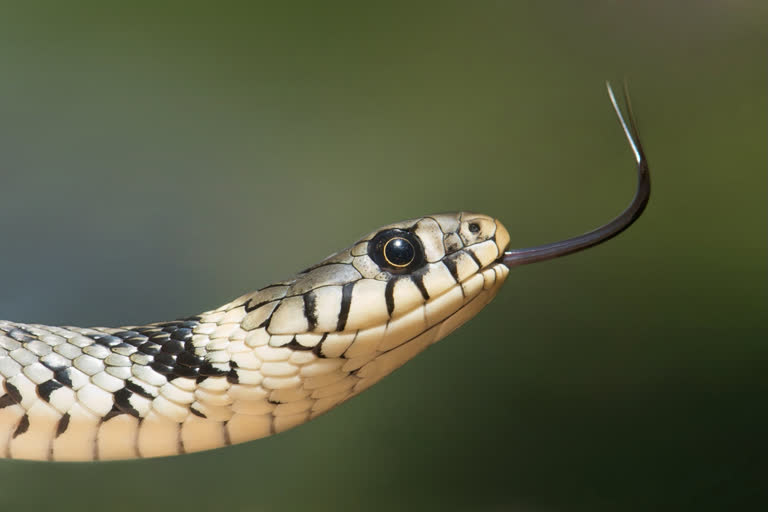Beijing: The novel Chinese coronavirus, which has so far claimed 17 lives and infected over 550 people, likely resided in snakes before being transmitted to humans, according to a new study that may help design better defensive strategies against future outbreaks of the deadly pathogen.
The researchers, including Wei Ji from Peking University Health Science Centre in China, said patients who became infected with the coronavirus -- named 2019-nCoV by the World Health Organization (WHO) -- were exposed to wildlife animals at a wholesale market, where seafood, poultry, snake, bats, and farm animals were sold.
The study, published in the Journal of Medical Virology, offers insights on the origins of the most recent outbreak of pneumonia caused by the virus, which started in the middle of December 2019 in the city of Wuhan in China and has now spread to Hong Kong, Singapore, Thailand, and Japan.
Conducting a detailed genetic analysis of the 2019-nCoV, and comparing it with those of different coronaviruses from various geographic locations and host species, the study found that the new virus formed from a combination of CoV found in bats and another of unknown origin.
"It is critical to determine the animal reservoir of the 2019-nCoV in order to understand the molecular mechanism of its cross-species spread," the scientists reported in the study.
The new virus, the scientists said, developed a mix, or "recombination", of a viral protein which recognises and binds to host cells.
According to the study, this recognition is key to allowing viruses to enter host cells, and cause infection and disease.
On further analysis, the researchers found evidence that the 2019-nCoV may have resided in snakes before being transmitted to humans.
"Additionally, our findings suggest that snake is the most probable wildlife animal reservoir for the 2019-nCoV," the researchers said.
However, some scientists, not involved in the study, have questioned the conclusions derived from the analysis.
